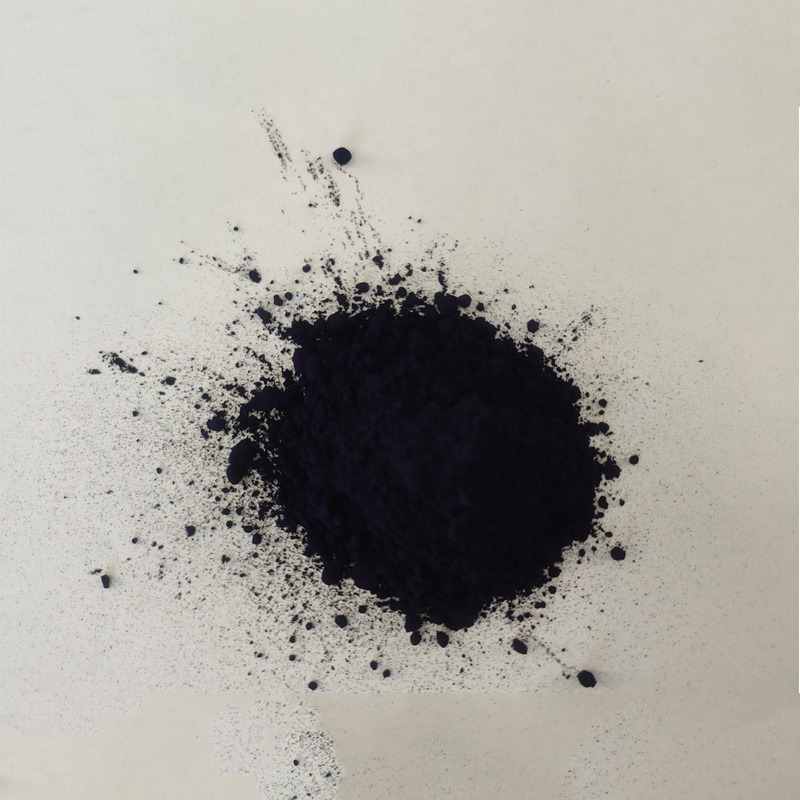The Rich History and Uses of Natural Indigo Dye in Traditional Textiles
The Allure of Indigo Nature’s Timeless Dye
Indigo dye, renowned for its deep blue hue and rich cultural significance, has captivated artisans and consumers alike for centuries. This natural dye, derived from the leaves of the indigo plant (genus Indigofera), has been used globally in various textile traditions, creating a connection between cultures and generations. In this article, we explore the origins, methods, and ongoing relevance of indigo dye, highlighting its journey from nature to fashion.
Historical Roots
The history of indigo dye stretches back thousands of years. Archaeological evidence suggests that indigo was used in ancient civilizations in India, Egypt, and Mesopotamia. The dyeing process was a closely guarded secret, often passed down through generations of artisans. In India, the vibrant indigo fabric became synonymous with traditional crafts, while in Africa, it was integral to cultural expressions, often adorned with intricate patterns that reflected local traditions.
In the 18th and 19th centuries, indigo became a significant cash crop in colonial America and other regions, influencing trade and economy. The demand for indigo surged in Europe, where its powerful stain became a symbol of wealth and luxury. This period also gave rise to the infamous “Indigo Revolt” in India, as farmers fought against oppressive practices imposed by colonial powers. Thus, indigo is not only a color but a symbol of resistance, culture, and identity.
The Dyeing Process
The process of creating indigo dye is both an art and a science. The leaves of the indigo plant undergo a fermentation process to extract the dye. Once harvested, the leaves are soaked in water, allowing the fermentation process to release the indigo pigment. This pigment is then oxidized, transforming it from a yellowish-green state to the iconic blue that we recognize.
famous indigo dye natural

Dyeing with indigo differs from other dyeing processes. Unlike many synthetic dyes that can merely be soaked into fabrics, indigo requires a special technique called dipping. The fabric is often repeatedly dipped into the indigo vat and then exposed to air to develop the rich blue color. This process can take several hours and requires skill and patience, which is why handmade indigo textiles are celebrated for their unique beauty and depth.
Contemporary Relevance
In recent years, the resurgence of interest in sustainable fashion has brought indigo dye back into the spotlight. As consumers become more aware of the environmental impacts of synthetic dyes and fast fashion, there has been a significant shift towards natural alternatives. Indigo, being a natural dye, not only offers a gorgeous aesthetic but also comes with a lower ecological footprint.
Artisans and fashion designers across the globe are now incorporating indigo into their creations, promoting slow fashion and ethical production methods. From high-end designer collections to artisanal crafts, the appeal of indigo continues to grow. Moreover, workshops and courses on traditional indigo dye techniques are cropping up, allowing new generations to connect with this ancient craft.
Conclusion
Indigo dye is more than just a color; it bears witness to a rich tapestry of history, culture, and artistry. As we move towards a more sustainable future, the relevance of natural dyeing processes like that of indigo grows ever more essential. This beloved dye not only beautifies our textiles but also invites us to reflect on our consumption habits, our connection to the environment, and the stories woven into every indigo-dyed garment. In every stitch of indigo fabric, we can trace a thread back to the earth, celebrating nature’s timeless contribution to our world.
-
The Timeless Art of Denim Indigo Dye
NewsJul.01,2025
-
The Rise of Sulfur Dyed Denim
NewsJul.01,2025
-
The Rich Revival of the Best Indigo Dye
NewsJul.01,2025
-
The Enduring Strength of Sulphur Black
NewsJul.01,2025
-
The Ancient Art of Chinese Indigo Dye
NewsJul.01,2025
-
Industry Power of Indigo
NewsJul.01,2025
-
Black Sulfur is Leading the Next Wave
NewsJul.01,2025

Sulphur Black
1.Name: sulphur black; Sulfur Black; Sulphur Black 1;
2.Structure formula:
3.Molecule formula: C6H4N2O5
4.CAS No.: 1326-82-5
5.HS code: 32041911
6.Product specification:Appearance:black phosphorus flakes; black liquid

Bromo Indigo; Vat Bromo-Indigo; C.I.Vat Blue 5
1.Name: Bromo indigo; Vat bromo-indigo; C.I.Vat blue 5;
2.Structure formula:
3.Molecule formula: C16H6Br4N2O2
4.CAS No.: 2475-31-2
5.HS code: 3204151000 6.Major usage and instruction: Be mainly used to dye cotton fabrics.

Indigo Blue Vat Blue
1.Name: indigo blue,vat blue 1,
2.Structure formula:
3.Molecule formula: C16H10N2O2
4.. CAS No.: 482-89-3
5.Molecule weight: 262.62
6.HS code: 3204151000
7.Major usage and instruction: Be mainly used to dye cotton fabrics.

